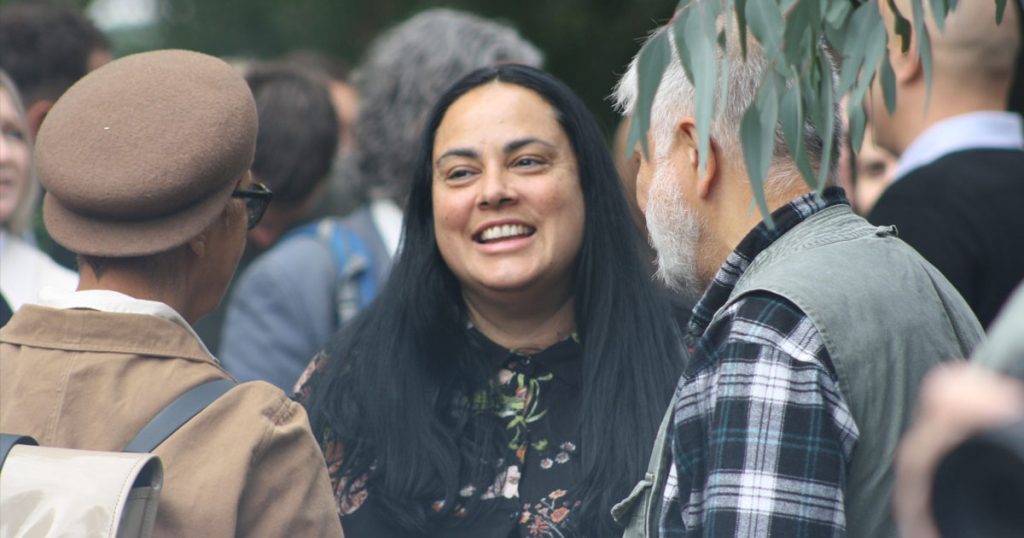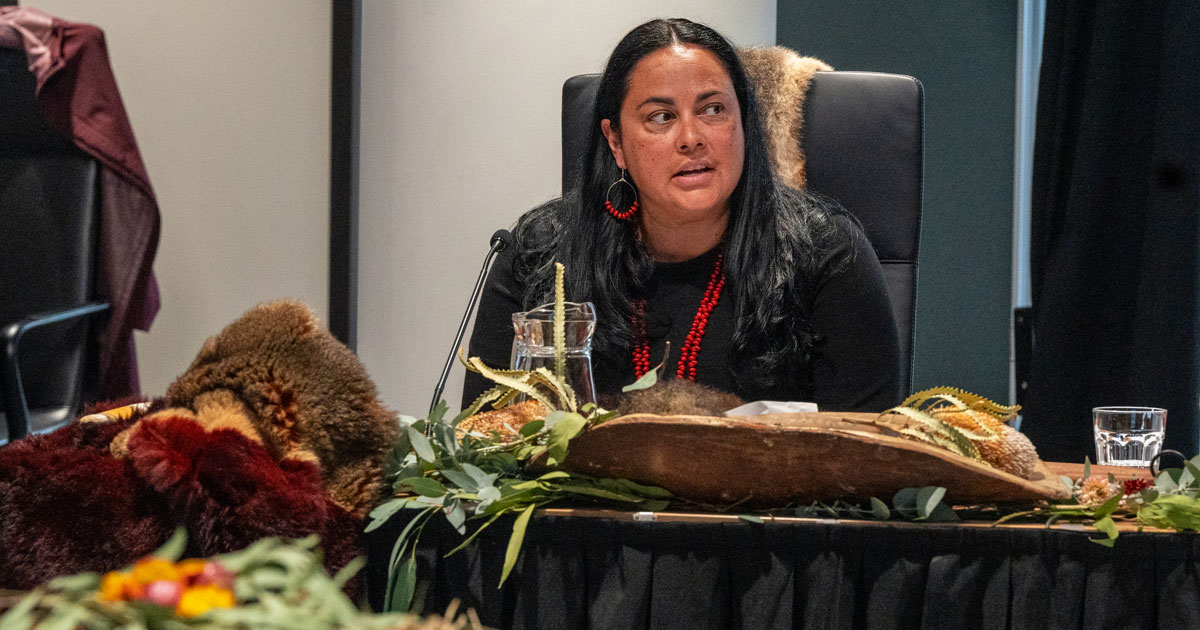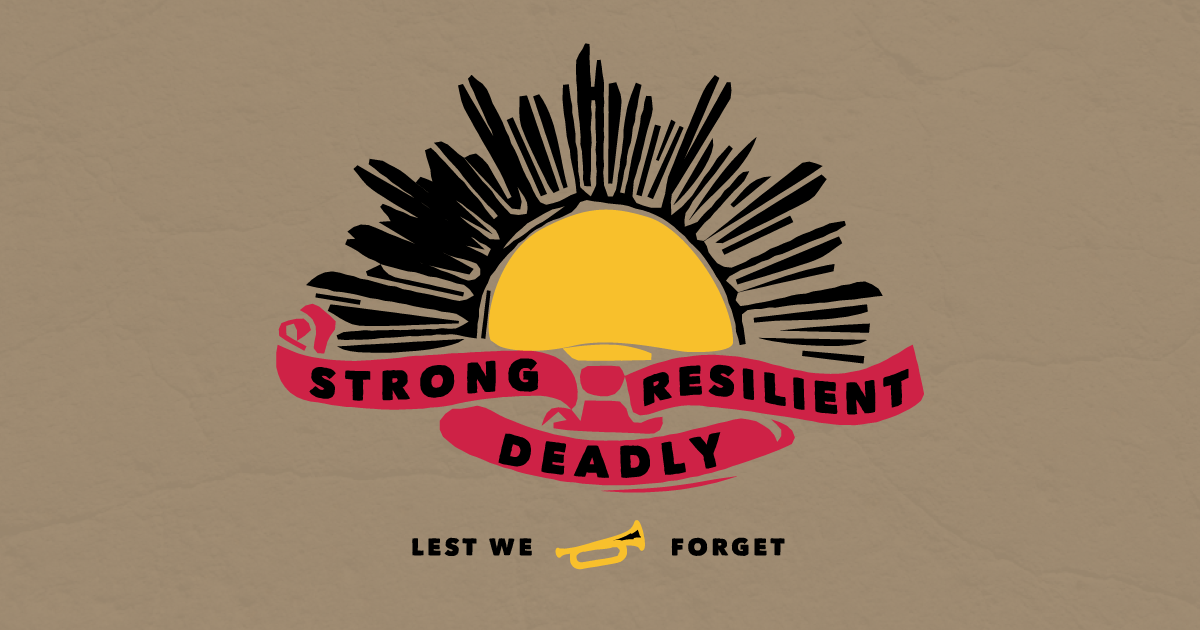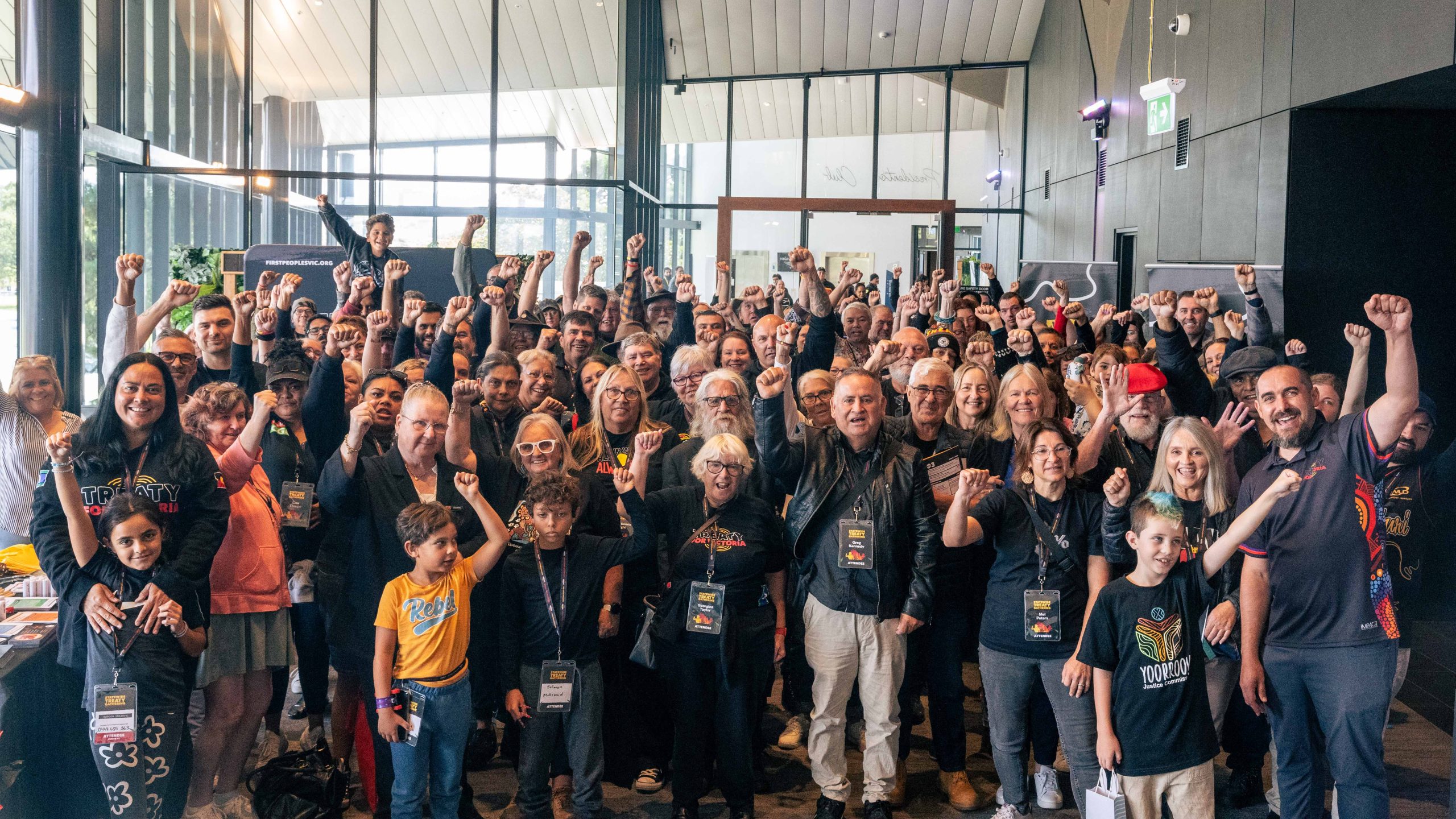
Our languages were pushed to the edge of existence following British invasion of these lands. They were banned and our people punished for using them. It was all part of a concentrated effort to wipe us and our culture off the face of the earth.
As we approach International Mother Language Day on February 21, I pay my respects to our Elders and ancestors who risked much to keep our languages alive. And I look forward to seeing them rejuvenated by the current generation.
People around the world are recognising the importance of incorporating First Peoples’ languages into the naming of places.
Revitalising Aboriginal languages is an important part of efforts to promote and preserve our cultures, helping to ensure that they will be spoken and understood by future generations.
It’s something I would like to see more of here in Victoria and dual place names is something that the First Peoples’ Assembly of Victoria will pursue during the upcoming Treaty negotiations.
Imagine walking through your neighbourhood and seeing street signs and public spaces with First Peoples’ names that reflect the languages of that area and the rich tapestry of our shared history.
Aboriginal languages often contain historical information about the land, environment, and the experiences of First Peoples, providing valuable insights into First Peoples history.
Each name carries a story, a connection to the land, and connection to the people who came before us. By embracing First Peoples languages, we’re preserving traditions and honouring the legacies of our ancestors.
Picture a future where every new school, hospital, and community centre proudly bears a First Peoples name that resonates with the local community. It’s about fostering a sense of belonging and pride among all members of society.
International Mother Language Day reminds us that languages are more than just communication tools – they’re a treasure box of knowledge, place and culture. When we celebrate linguistic diversity, we celebrate the richness of human experience.
Efforts are being made to revitalise language through educations programs, cultural initiatives and the renaming of places in honour of our heritage. It sends a powerful message of respect and recognition. From local councils changing their names to reflect traditional languages to the renaming landmarks and locations, these acts show a commitment to healing past wounds and building a more inclusive future.
As we work towards Treaty in Victoria and beyond, dual naming will be a priority.
It’s a small and easy step, but it speaks volumes. It empowers our communities and acknowledges our invaluable contributions to this place we all call home.
Most of all, it will help bring everyone together. Something we can share and connect with by speaking in the mother tongue.
Let’s celebrate the beauty of linguistic diversity and the unique stories that each language tells.
In embracing First Peoples’ languages, we embrace our shared humanity and reaffirm our commitment to a world where every voice is heard and respected.
Happy International Mother Language Day!
Ngarra Murray is a proud Wamba Wamba, Yorta Yorta, Dhudhuroa and Dja Dja Wurrung woman and co-chair of the First Peoples’ Assembly of Victoria.
This piece was first published by Right Now



